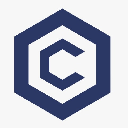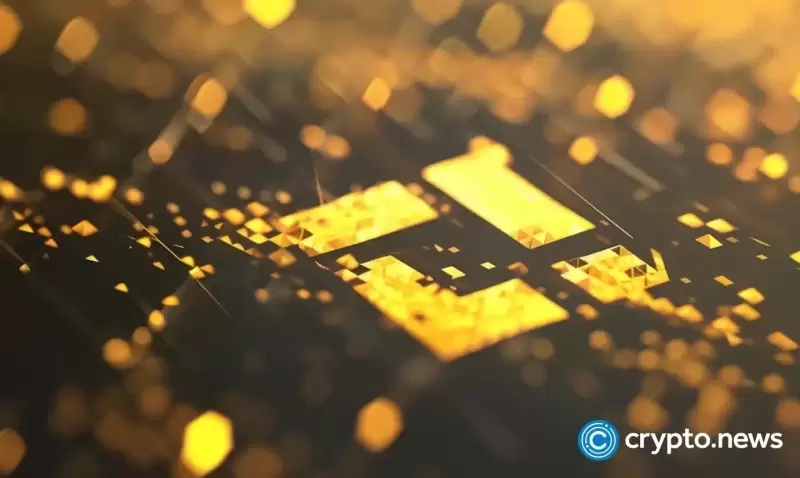 |
|
 |
|
 |
|
 |
|
 |
|
 |
|
 |
|
 |
|
 |
|
 |
|
 |
|
 |
|
 |
|
 |
|
 |
|
Cryptocurrency News Articles
Layer 2 Blockchain Protocols PROM/USD and MNT/USD Could Be the Next Bitcoin (BTC)
May 30, 2024 at 02:07 am
A handful of leading so-called “Layer 2” (or L2) blockchain protocols are not that far away from Bitcoin’s (BTC) 12-month romp of the market.

A handful of leading so-called “Layer 2” (or L2) blockchain protocols are not that far away from Bitcoin’s (BTC) 12-month romp of the market.
The question is whether those that have tracked Bitcoin’s 144% gains over the last year can continue tracking the granddaddy of all cryptocurrencies, or if investors are going to give the laggards their turn next.
Two of the top performers over the last year are Prometeus (PROM) – up 146.52% since last May 28 mid-morning trading – and Mantle (MNT), which is up 112.91%. By comparison, traditional stock investors that just bought the Invesco QQQ Trust (QQQ) are up 31.67%.
Digital asset fund managers have watched the Layer 2 theme for at least the last two years. The idea became more commonplace around 2022-23 for Ethereum (ETH) users, thanks to L2 developer OP Labs. At the time, Vatalik Buterin was being hounded by blockchain application developers for its speed, or lack thereof, and its cost. A second layer, if you will, developed by alternative blockchains and even Ethereum itself, would help speed things up.
This opened up the alternative blockchain space, led by giants like Arbitrum (ARB), a three billion market cap company now, according to CoinMarketCap. ARB is down year-to-date after a total reversal of fortunes versus BTC this past winter. It's headed south since March, but if the cryptocurrency bull market has any legs, ARB could close that gap.
The L2 Investment Case
The Layer 2 companies all build from three different solutions. The solution options are designed to tackle Layer 1 blockchain problems such as speed, cost, and scalability on the blockchain while being able to maintain an open, decentralized, and secure network. This, of course, is easier said than done.
One way to describe the speed differential between new technologies (blockchains) and old payment systems like Visa, is that Ethereum can process around 7-15 transactions a second. Visa can do around 100,000. Layer 2 technologies are supposed to eventually bring these blockchains up to speed, giving them commercial application. That’s been the future play all along for investors, be it venture capitalists funding PROM, or retailers with a crypto trading account.
Of those three L2 solutions – ZK-rollups, Optimism rollups, and channels – ZK-rollups is focused on speed and is the one garnering the most investor attention. Each solution tends to tackle a different problem, and no one has developed a system yet that solves all the concerns of the blockchain community – be it decentralization versus centralization, or scalability and speed.
In a sense, these techies, all of whom speak a language that sounds like something out of Battlestar Galactica, and who seem to be maybe 20 years ahead of their time, are trying to create a different internet. Today, the transactions on this new internet, aka Web3, are done in cryptocurrencies lay investors have been piling into for years.
“The number of users acquainted with blockchain's benefits grows each year,” said Iva Wisher, co-founder and COO of PROM. “These L2 solutions are the key to unlocking the full potential of the blockchain ecosystem. They address the existing limits that L1 networks face. By enhancing accessibility, efficiency, and convenience, these solutions pave the way for further adoption and growth.”
PROM allows developers to be able to connect both to Ethereum network-compatible blockchains and non-Ethereum ones, such as Bitcoin or Solana (SOL). This attracts the decentralization aspect of the blockchain developer crowd and mitigates the risk of network downtime. Investors seem to like it this year. Although PROM is down around $50 per coin from its all-time high of $65.86 reached on April 30, 2021, PROM's first trading day back in 2019 had an initial price of $0.33 and is currently priced a little over $10.
“Ethereum, with its average 12-second block speed, stands out as one of the slowest and most costly around,” said Yves La Rose, Co-Founder and CEO of EOS Network Foundation (EOS). “It’s the layer 2 solutions that allow for substantial enhancements in speed and cost-efficiency, because making those improvements directly on the Ethereum main chain would be a highly contentious issue.”
L2 investors tend to buy the coins of the alternative blockchains, even though Ethereum is still the biggest.
ETH’s first-quarter trading volume dipped under 40%. Analysts have attributed ETH’s volume drop during the BTC bull rally to investors following developers to alternative blockchains.
Disclaimer:info@kdj.com
The information provided is not trading advice. kdj.com does not assume any responsibility for any investments made based on the information provided in this article. Cryptocurrencies are highly volatile and it is highly recommended that you invest with caution after thorough research!
If you believe that the content used on this website infringes your copyright, please contact us immediately (info@kdj.com) and we will delete it promptly.
-

-

-

-

-

-

-

- Bitcoin (BTC) reserve, monetary policy, and fears over the trade war are stirring the markets
- Apr 05, 2025 at 04:50 am
- input: Crypto markets declined in March due to concerns over the ongoing trade war and monetary policy. Still, traders have not given up on Bitcoin, according to a new report from Binance.
-

-


























































